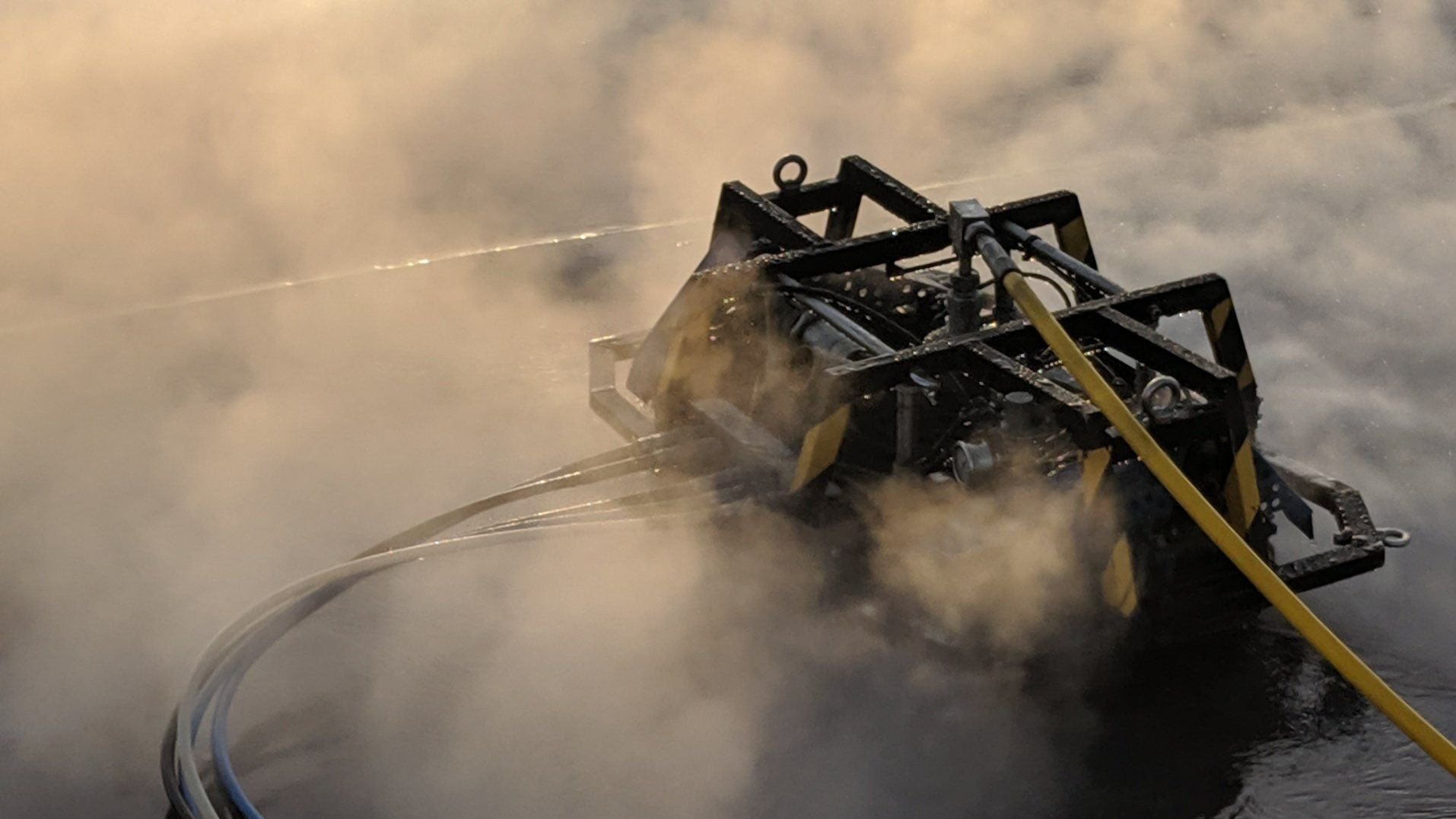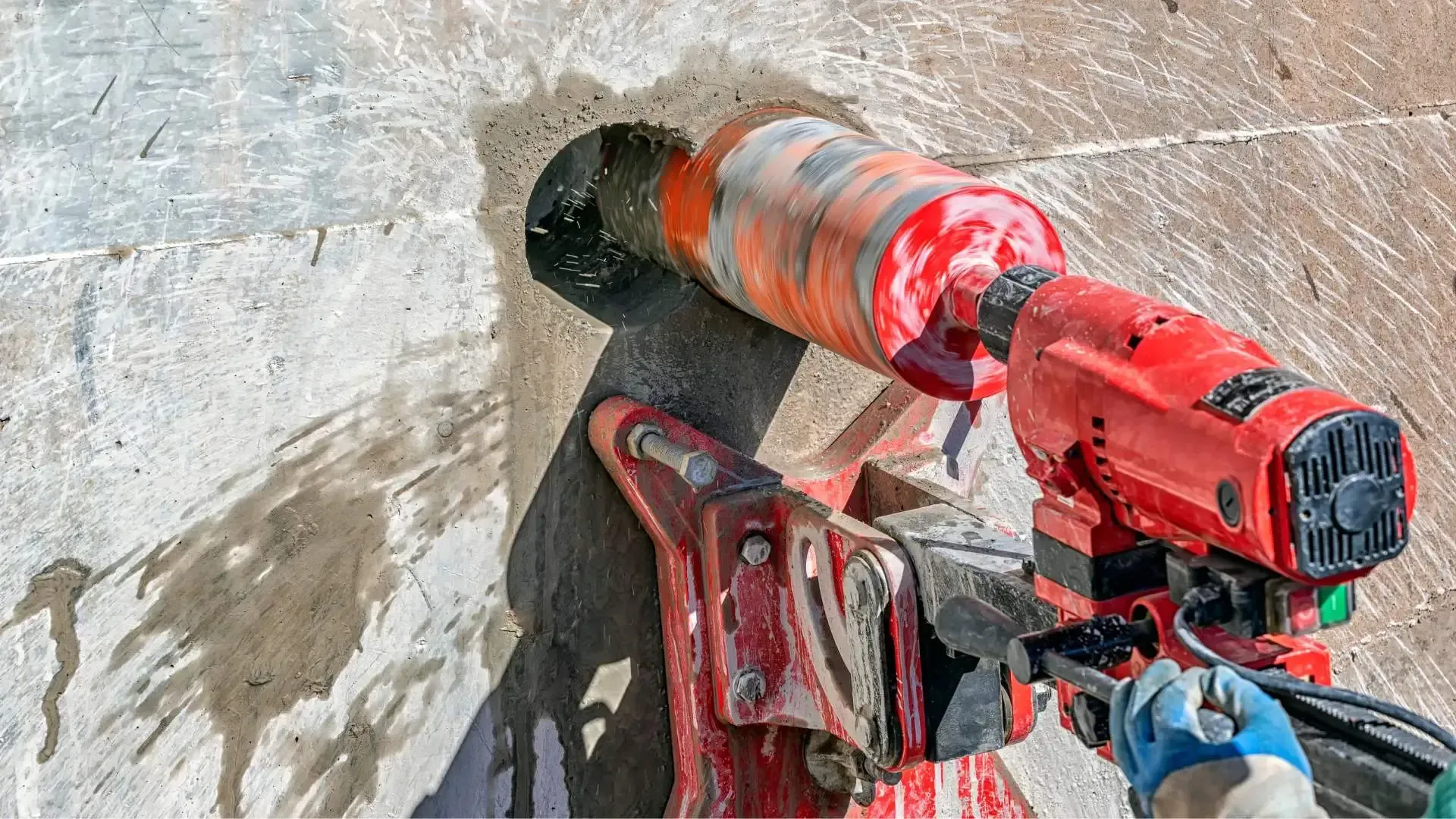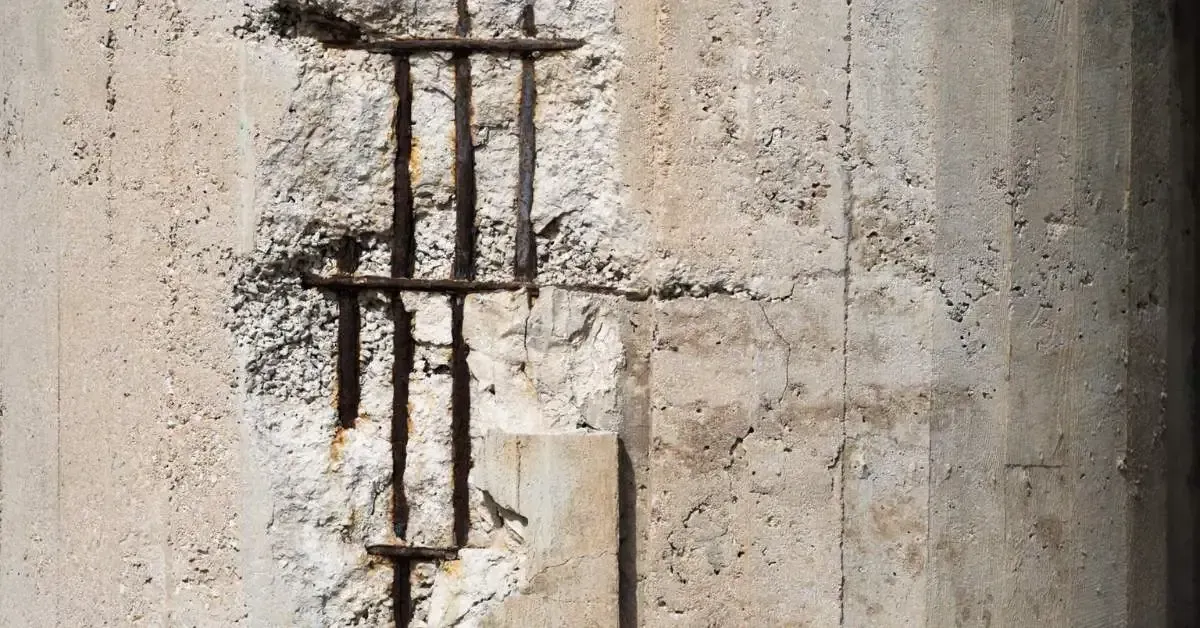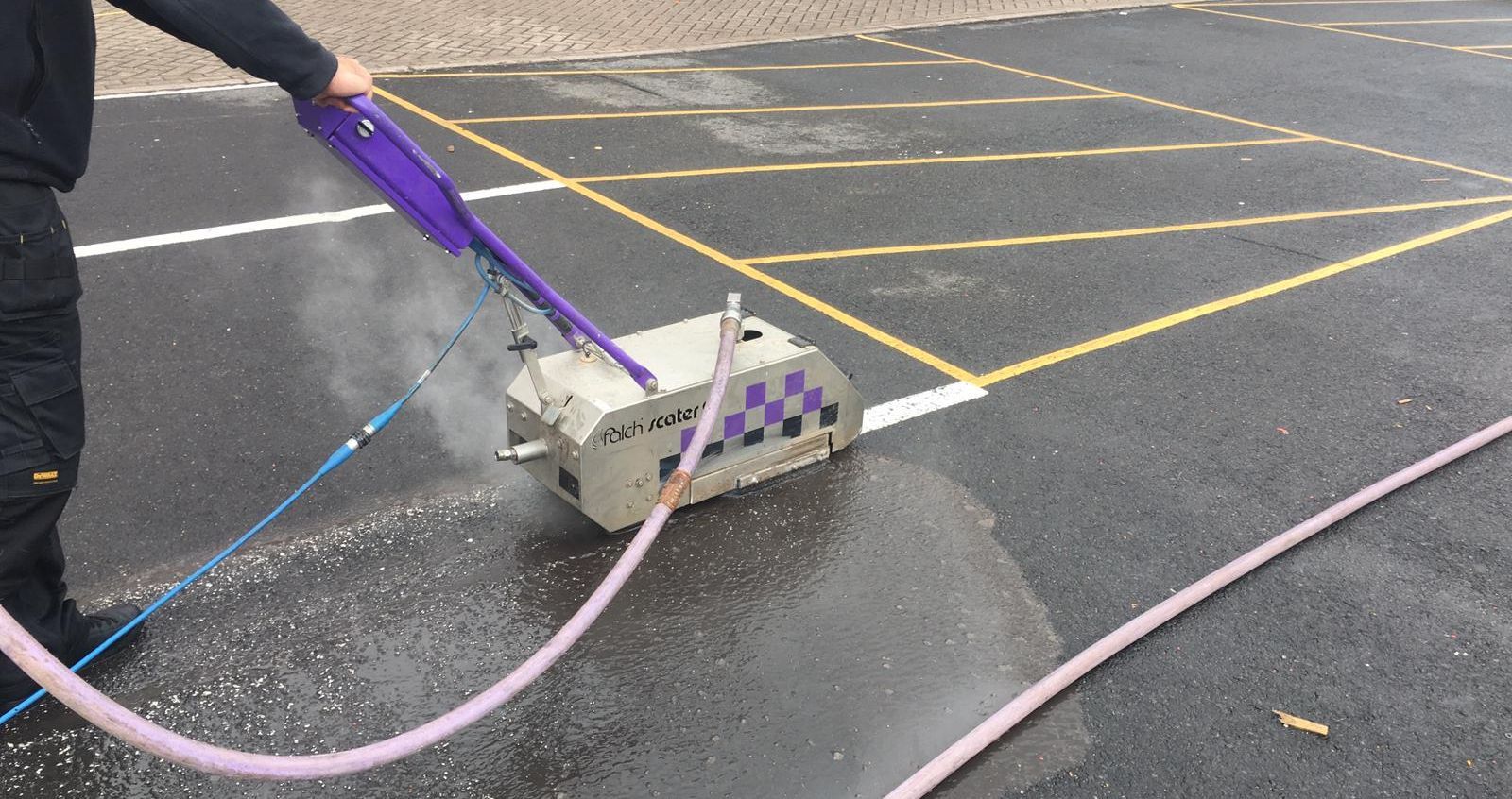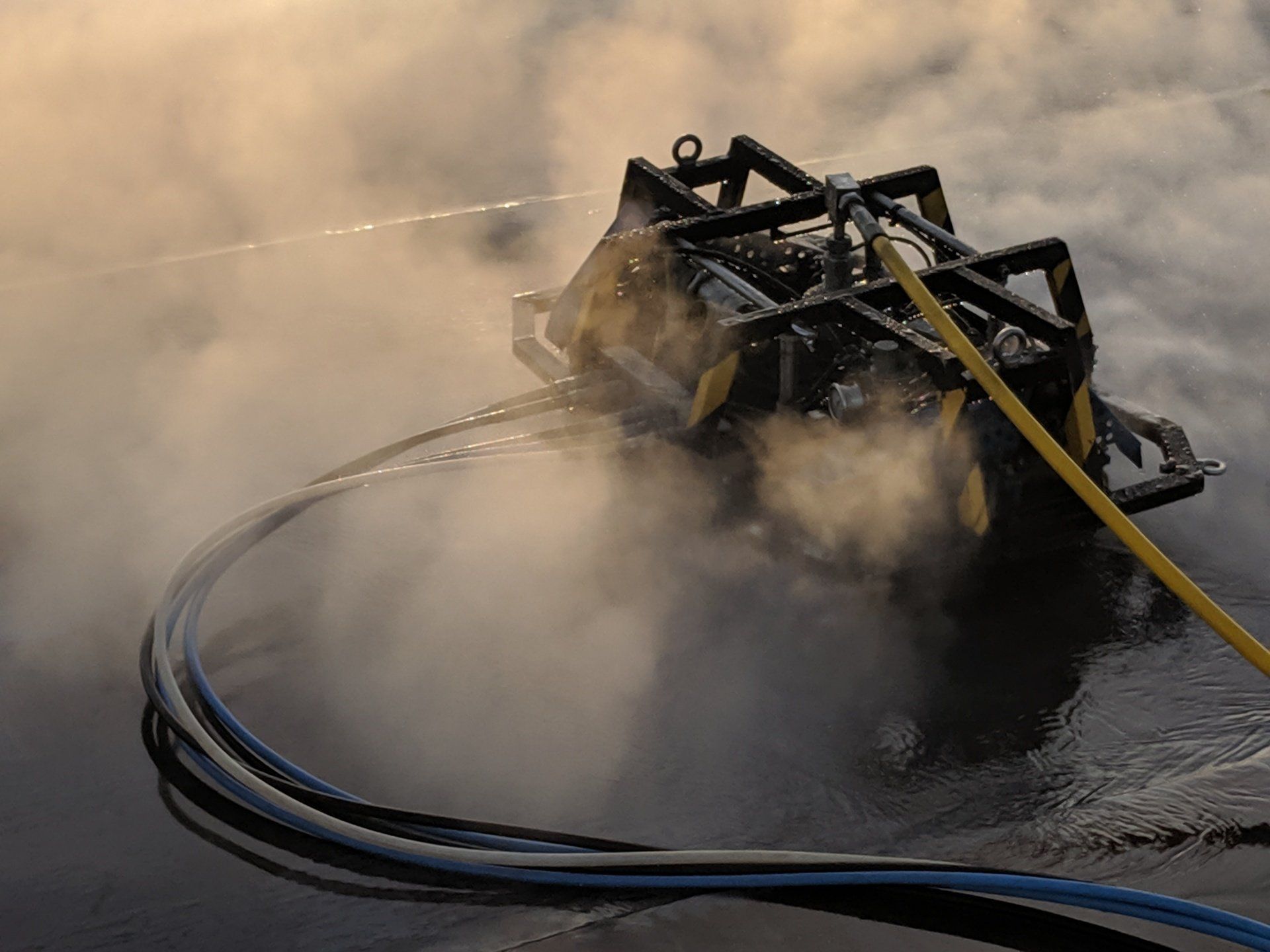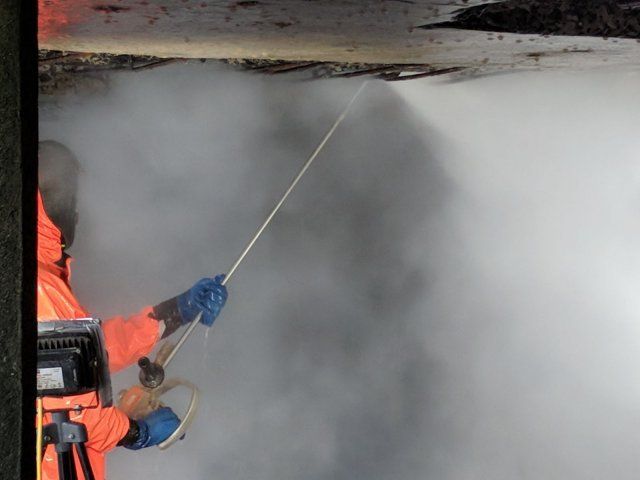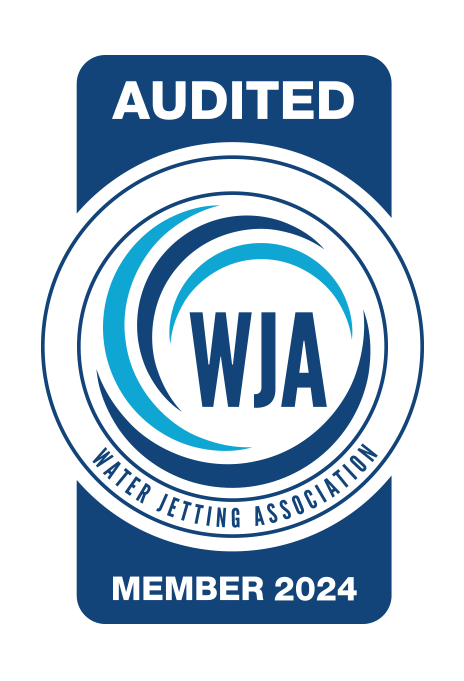What Is Pile Cropping?
Pile cropping is a method used in construction to trim concrete piles to a required height. The process is essential when concrete piles installed are longer than needed. Using the high-pressure water jetting solutions that Ammlee Group provides, the excess concrete is efficiently and cleanly removed, ensuring the pile tops are at the correct level and any rebar is exposed for subsequent construction phases. This pile cropping service is popular thanks to its precision and minimal impact on the structural integrity of the pile and surrounding area.
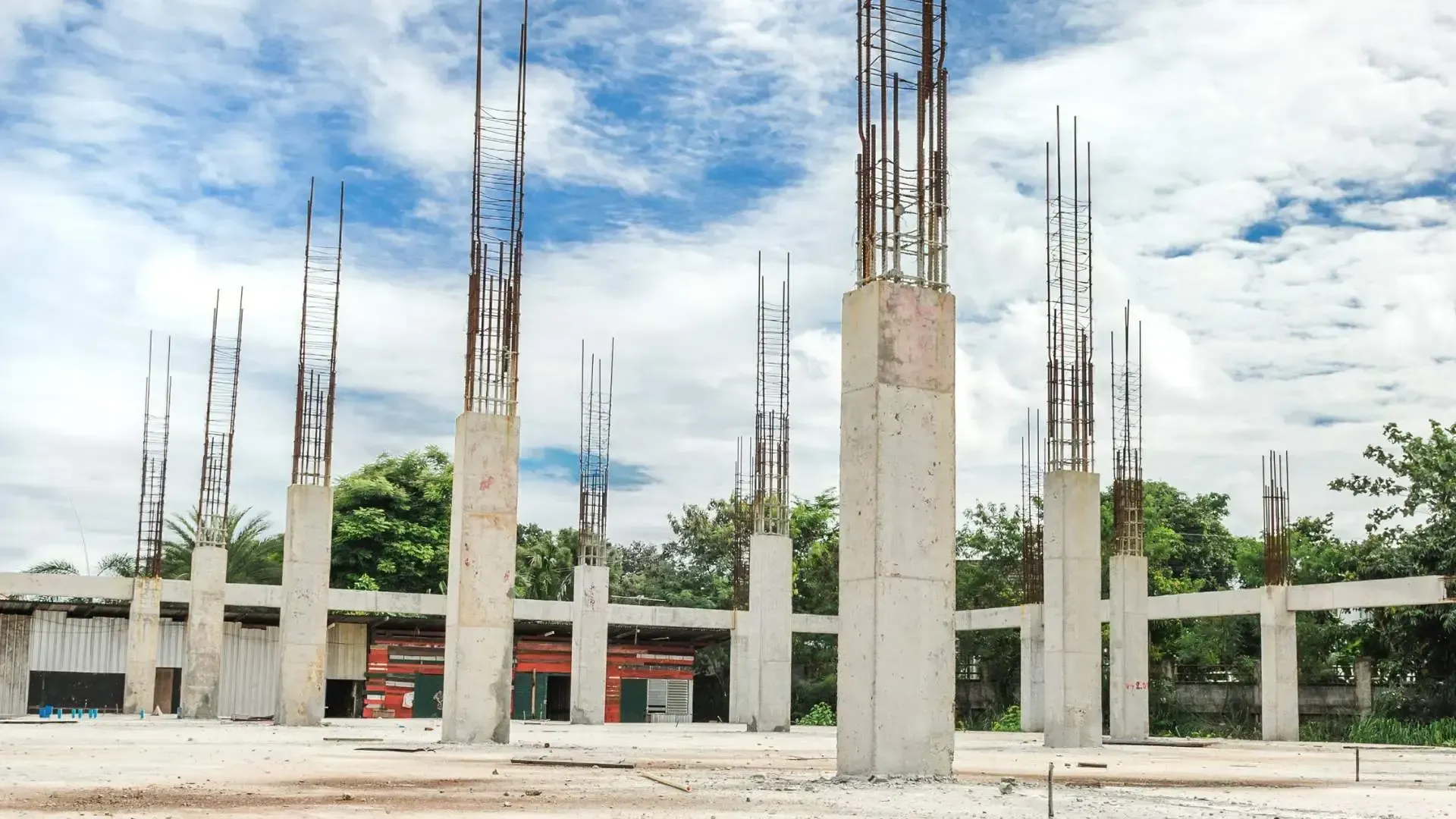
Pile Cropping Methods
Pile cropping is executed through various methods, each suited to different project requirements. These methods are:
- Hydro Demolition: High-pressure water cuts concrete with precision and minimal damage.
- Hydraulic Pile Breakers: Hydraulic pressure cracks and removes concrete.
- Pile Cropping Clamps: Mechanical devices that apply pressure to snap the pile at the required level.
- Jackhammer: A manual method where workers use jackhammers. But, this often damages the embedded rebar.
Each method has its differences. However, hydro demolition is generally better suited to most projects thanks to its clean cut that doesn't damage the rebar.
Benefits of Pile Cropping
Hydro demolition pile cropping offers several benefits in construction, enhancing efficiency and structural integrity:
- Precision
- Safety
- Time-efficiency
- Cost-effective
- Environmental impact
How Pile Cropping Works
Most pile cropping operations with involve the following steps:
1. Assessment: Assessing of the site and piles to determine the most suitable cropping method based on the pile material, surrounding environment, and project requirements.
2. Marking: Accurately marking the level at which each pile is to be cropped to ensure uniformity and alignment with the construction plan.
3. Set up: Preparing cropping equipment, ensuring it is correctly positioned and secured for operation.
4. Cropping: Trimming the pile to the correct level.
5. Removal: Removing the cropped section and clear any debris to maintain a clean work area.
6. Inspection: Thorough inspection of the cropped piles to ensure they meet the required specifications and are ready for the next construction phase.
Applications of Pile Cropping
Pile cropping is a versatile technique used in various construction scenarios. Here are some key applications:
Building Foundations
In constructing buildings, pile cropping ensures that the foundation piles are at the correct height to support structures effectively, improving stability and alignment.
Bridge Construction
For bridges, precise pile cropping is crucial to ensure that the piles can adequately support the bridge's weight and traffic load.
Infrastructure Projects
In large-scale infrastructure projects, such as tunnels or highways, pile cropping is used to adjust the piles to the exact specifications needed for varied ground and structural conditions.
Renovation and Expansion
When existing structures are renovated or expanded, pile cropping is essential to adjust old or new piles to integrate seamlessly with the modified design for consistency and structural integrity.
Key Takeaways
- Precision and Safety: Pile cropping ensures exact pile lengths, crucial for structural integrity and worker safety.
- Versatile Applications: Useful in various construction areas like buildings, bridges and infrastructure, where correct pile height is key.
- Advantages: Offers benefits like time and cost savings, less environmental impact and precise construction.
Need a Pile Cropping Specialist?
Contact Ammlee Group today to discuss your needs and find out how our concrete pile cropping specialists can benefit your project.
